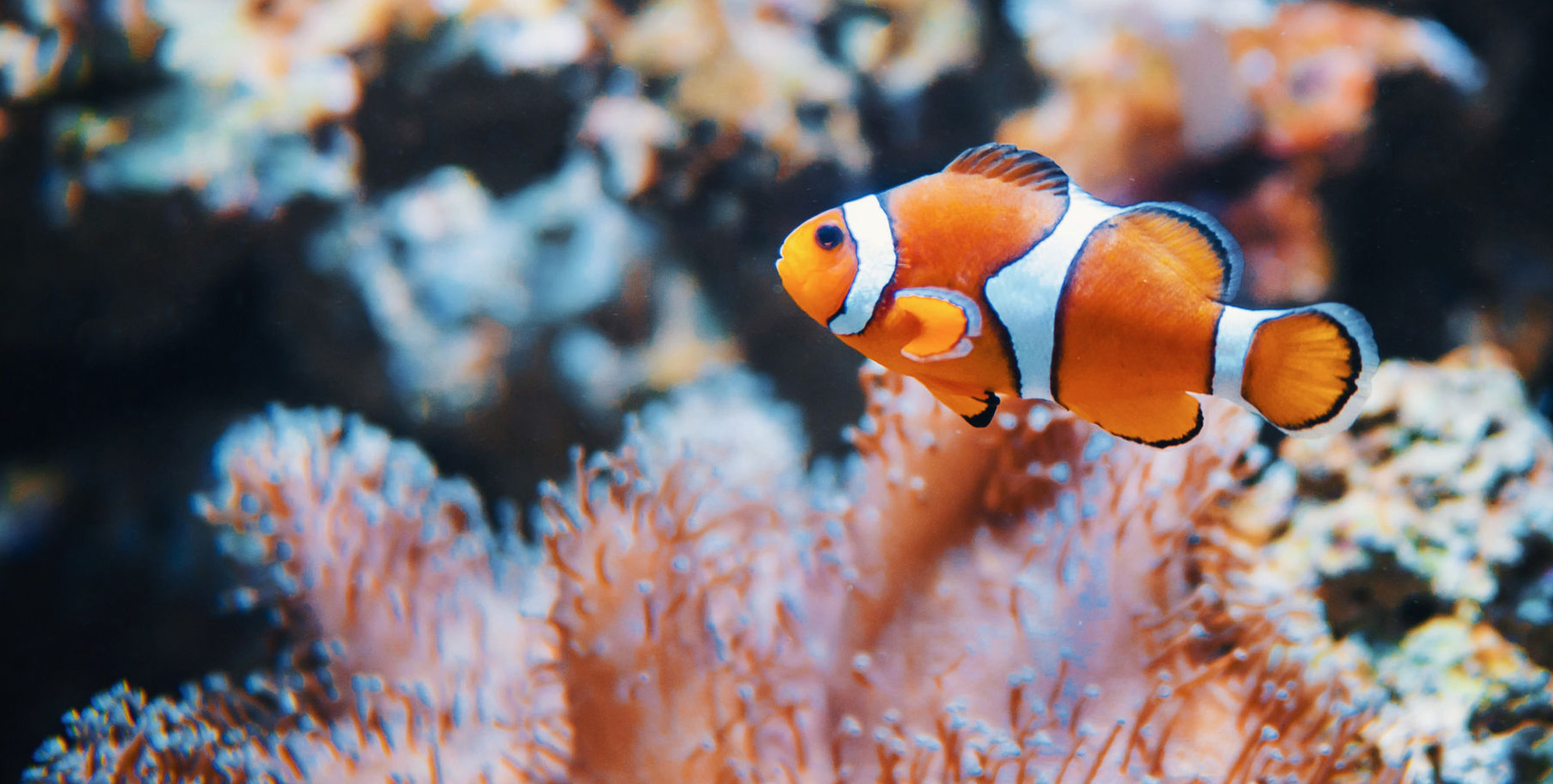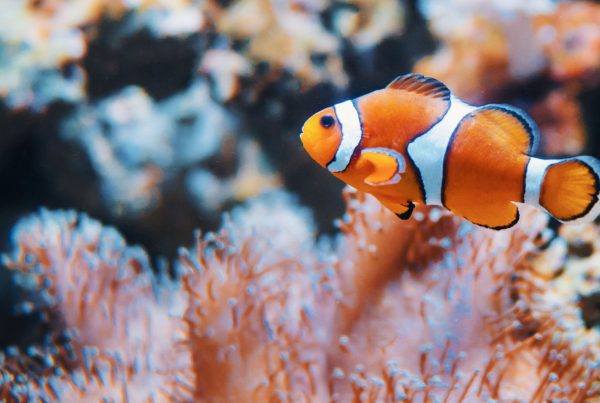Marine life seems very distant to us – humans. But the truth is, while we perceive marine animals only very little in our daily lives, they perceive us very sensitively. Noise from the seaside cities, chemicals released into water as well as excessive use of artificial light at night affects marine animals more than we might think.
The glow can be seen as far as 300 km from its source
Approximately 70% of the largest cities of the world are built on the seashore. During the night, the artificial lights from the cities penetrates directly into the marine biotopes by the urbanised coasts, in ports or holiday resorts in tropical paradises where the luxury bungalows extend right over the coral reefs. The more we illuminate our cities, the more light gets into the marine world. Immediate proximity of human homes is not the only factor playing a role in this issue.
Light from the big cities is diffused into the atmosphere and is reflected off the clouds back to the Earth in form of the glowing sky. This glow may be visible as far as 300 km from the place of its origin, thus affecting animals which do not live directly on the coast. Apart from this, we more and more often see problems caused by the so-called mobile sources of pollution – ships which are distributed quite densely in some areas of the seas and oceans.
Reproductive cycle of a fairy-tale fish is in danger
The averse impact of artificial light on the fish living on the reefs can be demonstrated on the study that explored the effect of artificial light on the well-known fairy-tale fish – clownfish. The clownfish live on the reefs and do not migrate at all in their adulthood. Young fish only migrate for 2 weeks after hatching; afterwards, they settle in anemone which becomes their home for good. If a clownfish settles, for example, on a shallow reef which is strongly illuminated at night, it will be permanently exposed to light pollution throughout its life. What consequence will it have for these small fish?
When attempting to determine how artificial light affects the reproductive abilities of the clownfish, the scientists selected 2 test groups of the fish – one was granted regular 12-hour cycle of alternating day and night, while the other was exposed to light of 26.5 LUX during the night 12-hour cycle, which approximately corresponds to the light getting into the sea from an average seaside city. The findings after 60 days of observation were surprising:
Artificial light had no impact on spawning nor on the number of deposited eggs. However, it has a significant impact on hatching of small fish; 86% out of all eggs hatched in the group where day and night alternated normally, but no fish hatched in the group where the eggs of the clownfish were exposed even to a low level of light. Hatching went back to normal immediately after the eggs were exposed to a common 12-hour cycle.
Clownfish deposit their eggs on the rock and other hard surfaces. If they settle in an area polluted by light, their eggs will be permanently exposed to artificial light, which will lead to rapid decline in the clownfish population. These findings contributed to many other studies and confirmed that light pollution is a serious problem which we should try to solve.
Predation and bioluminescence are also disrupted besides reproduction
We have only recently started to examine the harmful ecological effects of this issue. Nevertheless, we already know that artificial light in the seaside areas is harmful for turtles, fish living on the reefs, animals using bioluminescence and it also disturbs the previously balanced predator-prey relationship.
One of the studies devoted to this issue led to the finding that the increased level of light in marine biotopes can significantly change the dynamics of the predator-prey relationship. Predatory fish have less appetite at night, while their prey can rest and hide. The fact that light pollution changes the day-and-night cycle of some fish results in drastic change in their eating habits. Due to artificial light, predatory fish are not able to determine whether it is a day or night and so they continue hunting. The prey is becoming more tired, does not have a dark shelter, and so the predatory fish gain a significant advantage.
Bioluminescence fails as a means of communication
Bioluminescence usually serves as a communication strategy. Related organisms use it to search for partners, warn one another of predators or to lure the prey. However, artificial light at night affects its efficiency. Signals of organisms are not so clearly visible due to artificial light which causes that others might not notice them at all. Fireflies can serve as an equivalent in land animals, belonging to one of the most endangered bioluminescent species on Earth.
Total darkness is not the objective
22% of the seaside regions is currently affected by artificial light. As light pollution increases by approximately 2.2% every year together with the growing population, it is assumed that the pollution will also grow In the seaside regions. However, it is apparent that people will not be able or willing to change their lives after dark. When the sun sets, artificial light comes to life and people continue to be productive. Nevertheless, it is not an objective of the activists to turn off everything which shines after dark.
One of the solutions to light pollution is regulation of the wavelength of the used light depending on the position of the light. Appeals are made more and more often in relation to the proper direction of the light, light shielding and its really efficient use. It is improbable that the demand of people for artificial light at night would decrease. However, darkness is a part of lives of all animals and we should, therefore, do our most to preserve the natural night.



